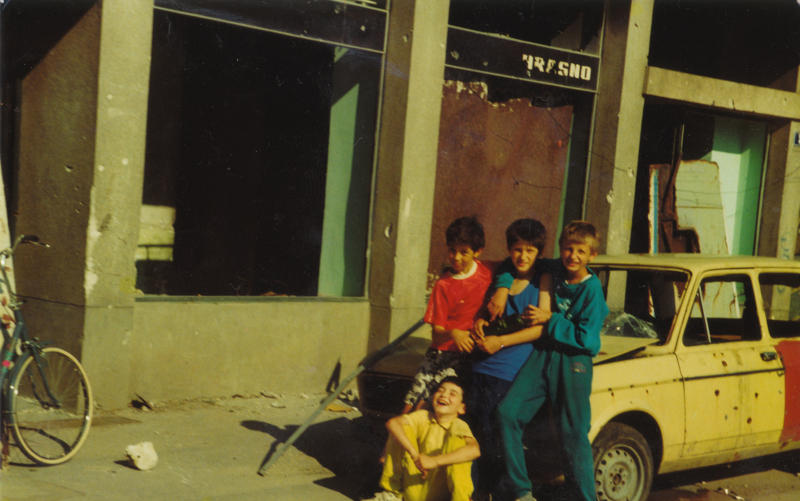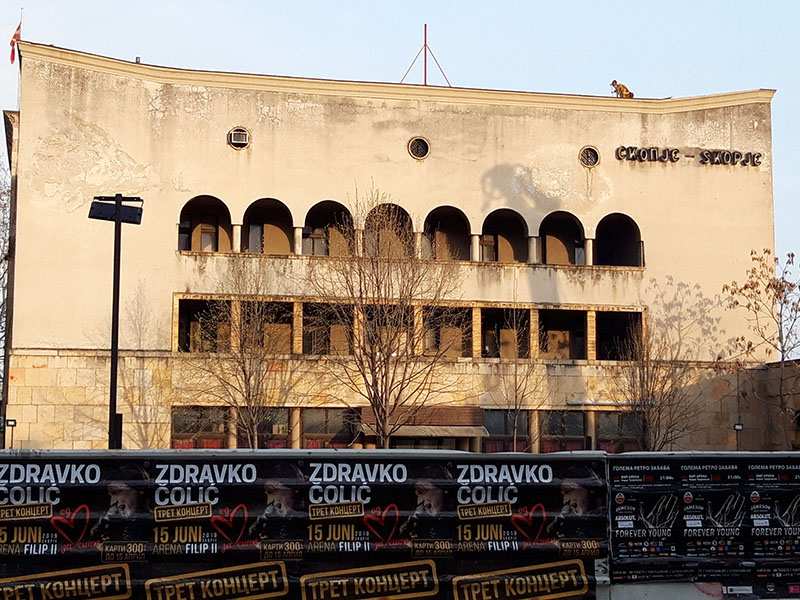1992-1996, the city of Sarajevo is under siege and the children cannot attend school, play or move as freely as they would like. But scattered initiatives started to provide children with a basic need: schooling. A person, often a professor, will gather the children hiding in the basement of the building and some others from the vicinity and will organize a class. These initiatives will quickly build up into a local school system put in place by the Pedagogical Institute of the city to pursue schooling during the war and under the extreme conditions of siege that the city of Sarajevo was painfully undergoing.
For the past two years, while living in Sarajevo, I came across a book titled The heroes of Treća Gimnazija by the american pedagogue David M. Berman. In his book, Berman narrates how schooling was carried on in the city of Sarajevo during the war and siege that took place between 1992 and 1996. Starting as scattered initiatives in basements,




